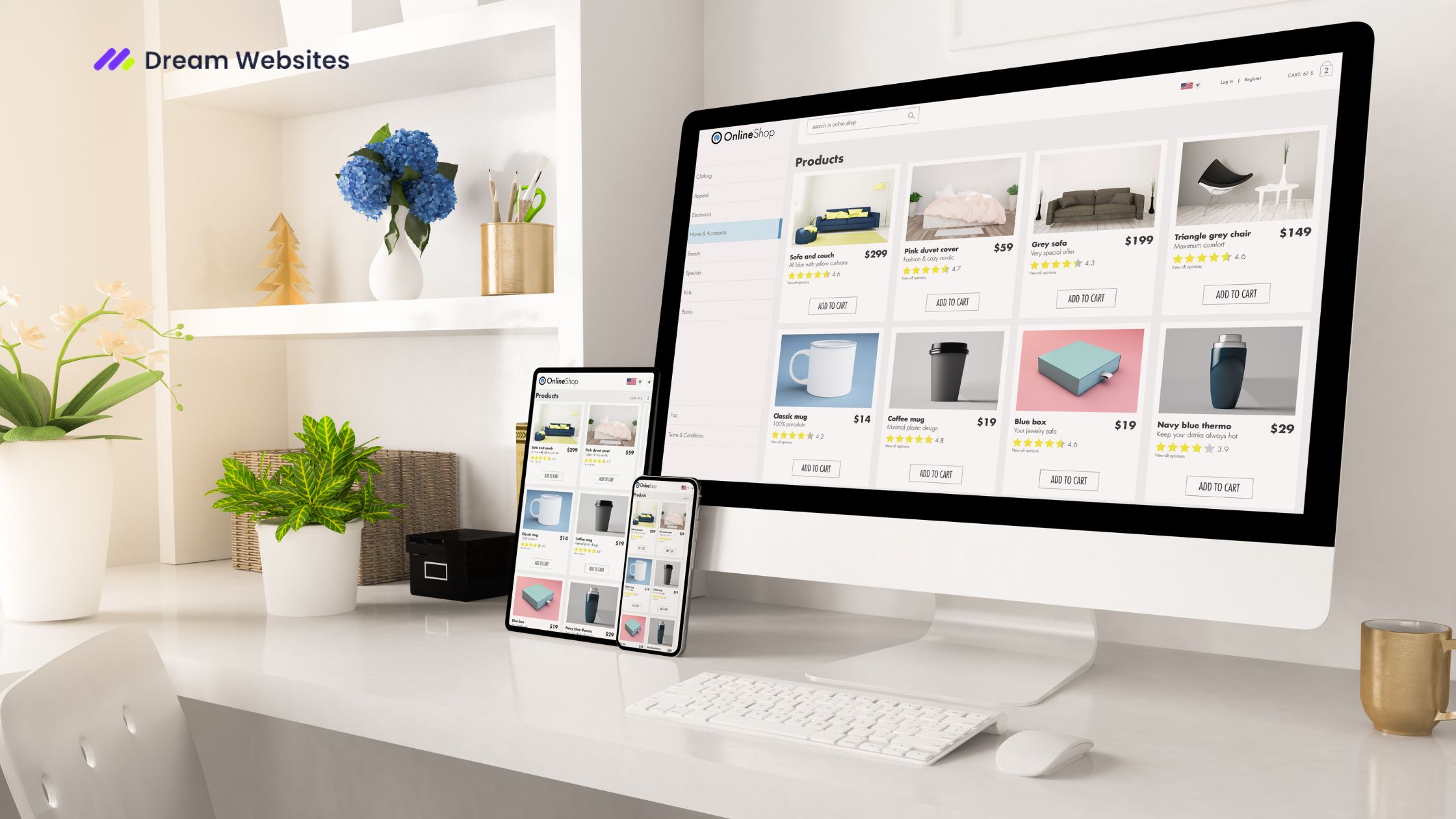Empathy, Authenticity, and Wellness: The Imperative of User-Focused UI/UX for Brand Websites
In a digital age saturated with options, the discerning consumer seeks more than just products or services. The modern consumer, particularly those with a keen eye for wellness in their daily lives, craves an experience that resonates with their aspirations and needs. For brands to truly connect with this conscious consumer, committing to a user-focused User Interface/User Experience (UI/UX) design for their websites is not merely a trend; it's a strategic imperative.
Our journey into the digital realm has transformed how we interact with brands. As we navigate the vast landscape of the internet, the first point of contact is often a brand's website. This virtual storefront is not merely a space for transactions but a portal into a brand's ethos and values. In this era, where authenticity is the currency of connection, the UI/UX design of a website plays a pivotal role in shaping the consumer's perception.
Understanding the Conscious Consumer
To truly appreciate the significance of user-focused UI/UX, it is essential to understand the conscious consumer—individuals who prioritize wellness in their daily lives and seek brands that align with their values. These consumers are not swayed by attention-grabbing strategies; instead, they crave a genuine connection. This connection extends beyond a mere transaction; it's a relationship forged through shared values and a sense of understanding.
Empathy is at the core of this connection. As brands, we must recognize that our audience is not just a market segment; they are individuals with unique needs, aspirations, and challenges. By adopting an empathetic tone, we acknowledge and address the concerns of our audience, creating a space where they feel seen, heard, and understood.
The Role of UI/UX in Building Authentic Connections
In the digital landscape, where face-to-face interactions are limited, a brand's website becomes the primary touchpoint. The UI/UX design of this virtual space is the bridge that connects the brand with its audience. An authentic and user-focused design ensures that this connection is not superficial but rooted in a genuine understanding of the user's journey.
Authenticity, one of the hallmarks of our brand's voice, is a key element in UI/UX design. The layout, colors, and overall aesthetic should reflect the brand's identity in a way that resonates with the user. It's about more than just showcasing products; it's about telling a story that aligns with the user's narrative.
Consider a wellness-oriented brand. The UI/UX design should evoke a sense of calmness, using colors associated with tranquility and nature. The navigation should be intuitive, mirroring the simplicity that the conscious consumer seeks in their daily life. Authenticity is not just about visual appeal; it's about creating an experience that feels genuine and aligned with the values of the audience.
The User's Journey: A Personal Experience
Our brand is not just another market; it's a deeply personal space. To honor this, the UI/UX design must cater to the user's journey in a way that goes beyond functionality. It's about understanding the emotions and motivations that drive the user as they navigate our website.
Empathetic UI/UX design anticipates the user's needs and concerns, providing solutions and information in a seamless manner. For instance, a wellness-conscious consumer exploring a health supplement should find not only product details but also relevant information on the science behind the supplement, its benefits, and how it fits into a holistic wellness routine.
Imagine a website that not only showcases products but also offers educational content, guiding the user on their wellness journey. This approach not only adds value to the user but also positions the brand as a trusted partner in their quest for well-being.
The Reassurance of Trust and Credibility
In the realm of conscious consumerism, trust and credibility are non-negotiable. A user-focused UI/UX design is not just about aesthetics; it's about establishing and reinforcing trust. Our brand's voice, reassuring and credible, must echo in every interaction the user has with our website.
Clarity and transparency are paramount. If we claim to prioritize sustainability or ethical sourcing, this commitment should be evident throughout the website. From product descriptions to the checkout process, the conscious consumer should feel reassured that the brand's values align with their own.
The user journey must be free of ambiguity. A seamless and transparent transaction process, coupled with clear communication about policies and practices, instills confidence. The reassurance of a well-designed and user-focused website is a powerful tool in building and maintaining trust.
Adapting to Evolving Expectations
The digital landscape is dynamic, and user expectations evolve. To maintain relevance and resonance, brands must not view UI/UX design as a one-time effort but as an ongoing commitment. Regularly analyzing user feedback, staying attuned to industry trends, and embracing technological advancements are integral to ensuring that our website continues to be a space where the conscious consumer feels understood and valued.
Responsive design is crucial in this regard. The user's journey may begin on a desktop but transition to a mobile device seamlessly. Our commitment to user-focused UI/UX extends to every platform, ensuring a consistent and positive experience regardless of the device.
Moreover, staying true to our brand's voice means evolving with our audience. If their priorities shift or new concerns emerge, our website should be agile enough to accommodate these changes. A website that grows alongside the user fosters a sense of loyalty and belonging.
Conclusion: A Digital Space Where Connection Prevails
In the realm of conscious consumerism, our brand is not just a provider of products or services; it's a companion on a personal journey. To truly become an integral part of the user's narrative, we must prioritize user-focused UI/UX design that embodies empathy, authenticity, and reassurance.
As we navigate the digital landscape, let us not forget that our website is not just a virtual storefront but a space where connections are forged. The conscious consumer seeks more than just a transaction; they seek a brand that understands, resonates, and aligns with their values.
By committing to a user-focused UI/UX design, we elevate our brand from a mere option to a trusted ally. The digital space we create becomes more than a platform for transactions; it becomes a sanctuary where the conscious consumer finds solace, inspiration, and a genuine connection with a brand that truly cares about their well-being. In this space of trust and credibility, our brand doesn't just sell products; it becomes an essential part of the user's personal journey towards a life well-lived.












